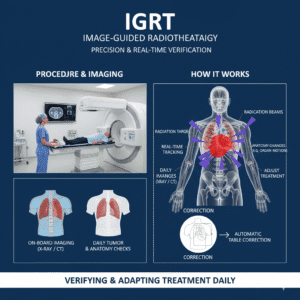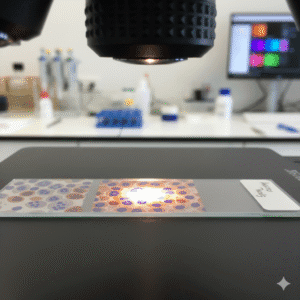
Brachytherapy
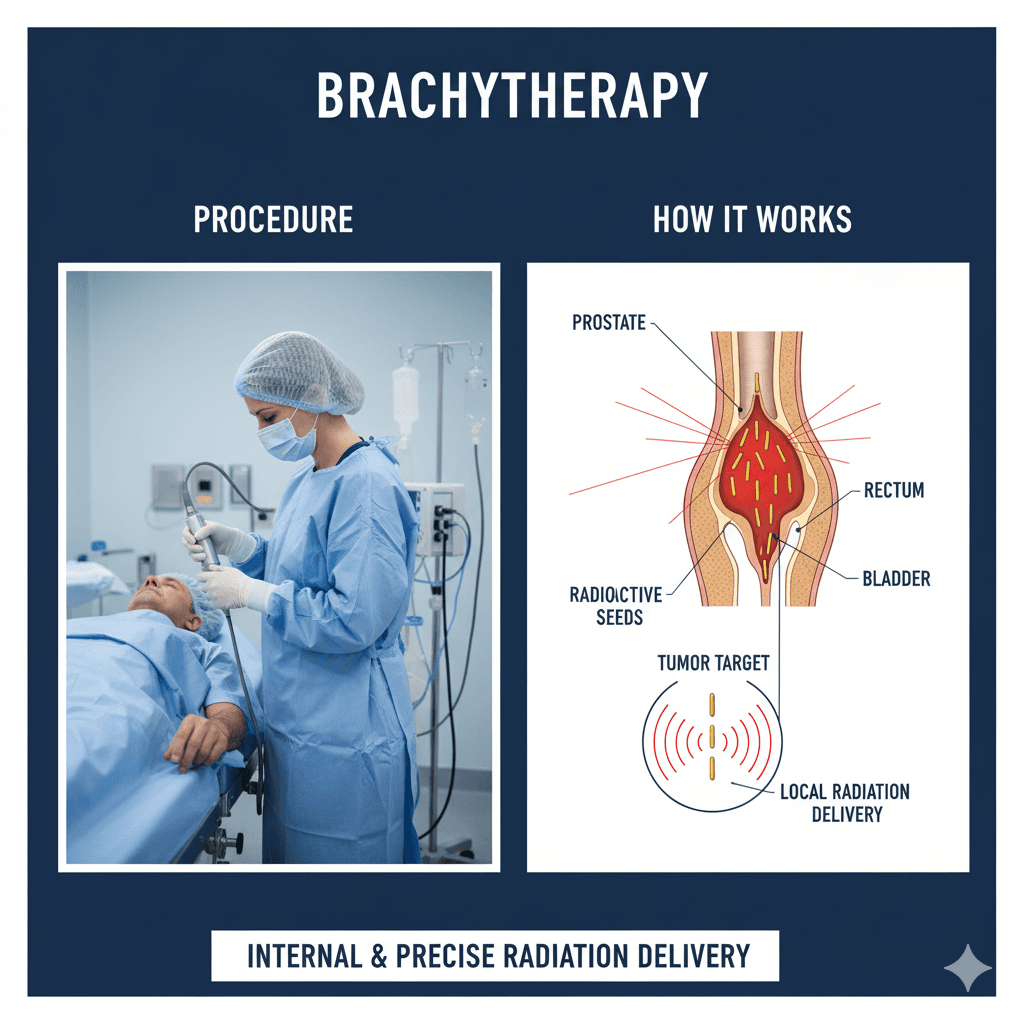
Q1: What is Brachytherapy?
A: Brachytherapy is a type of radiation therapy where a radioactive source is placed inside or very close to the tumor. This allows for a high dose of radiation to be delivered directly to the cancer cells while minimizing exposure to surrounding healthy tissues. Brachytherapy is commonly used to treat cancers of the prostate, cervix, breast, and other localized tumors.
Q2: How does Brachytherapy work?
A: In Brachytherapy, small radioactive seeds or sources are implanted in or near the tumor. Depending on the type of Brachytherapy, these sources may be left in place temporarily or permanently. The radiation emitted from the sources targets the tumor directly, causing damage to the cancer cells while sparing nearby healthy tissue.
Q3: What types of cancer can be treated with Brachytherapy?
A: Brachytherapy is used to treat various types of cancer, including prostate, cervical, breast, and skin cancers. It’s especially effective for tumors that are small, well-defined, and located in specific areas where direct, localized treatment is beneficial.
Q4: What should I expect during a Brachytherapy procedure?
A: The procedure depends on the type of Brachytherapy. For temporary Brachytherapy, the radioactive sources are placed inside the body for a specific time and then removed. For permanent Brachytherapy, the radioactive seeds are implanted and left in place, where they gradually lose their radioactivity over time. The procedure can be done in a hospital or outpatient setting, and anesthesia may be used depending on the treatment area.
Q5: What are the benefits of Brachytherapy?
A: The main benefits of Brachytherapy include its precision and ability to deliver high doses of radiation directly to the tumor, reducing the risk of damage to surrounding healthy tissues. This targeted approach can result in fewer side effects and a shorter treatment time compared to external beam radiation therapy.
Q6: Are there any side effects?
A: Side effects of Brachytherapy vary depending on the treatment area but may include localized pain, swelling, or discomfort. Some patients may experience temporary urinary or bowel symptoms, especially with prostate Brachytherapy. Overall, because Brachytherapy is so targeted, side effects are often less severe than with other forms of radiation therapy.
Q7: How do I know if Brachytherapy is right for me?
A: Your doctor will assess whether Brachytherapy is suitable for you based on factors like the type and stage of your cancer, the size and location of the tumor, and your overall health. Brachytherapy is often recommended for patients who need highly localized treatment.
Q8: Where can I receive Brachytherapy treatment?
A: Brachytherapy is offered at many cancer treatment centers and hospitals. Your oncologist can refer you to a facility that provides this specialized treatment if it’s the best option for your care.
If you have more questions or want to learn more about Brachytherapy, you may book an appointment with Dr Ruchir Bhandari for detailed information and guidance tailored to your specific situation.
Related Post


CyberKnife
August 6, 2024

Immunotherapy
August 7, 2024

MRI Linac
August 7, 2024
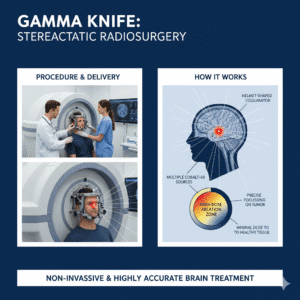
Gamma Knife
August 7, 2024
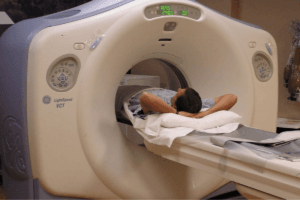
Cancer Screening
August 22, 2024
Gallery
Click below to book a clinic appointment
Ask More Questions Send Query On Email



